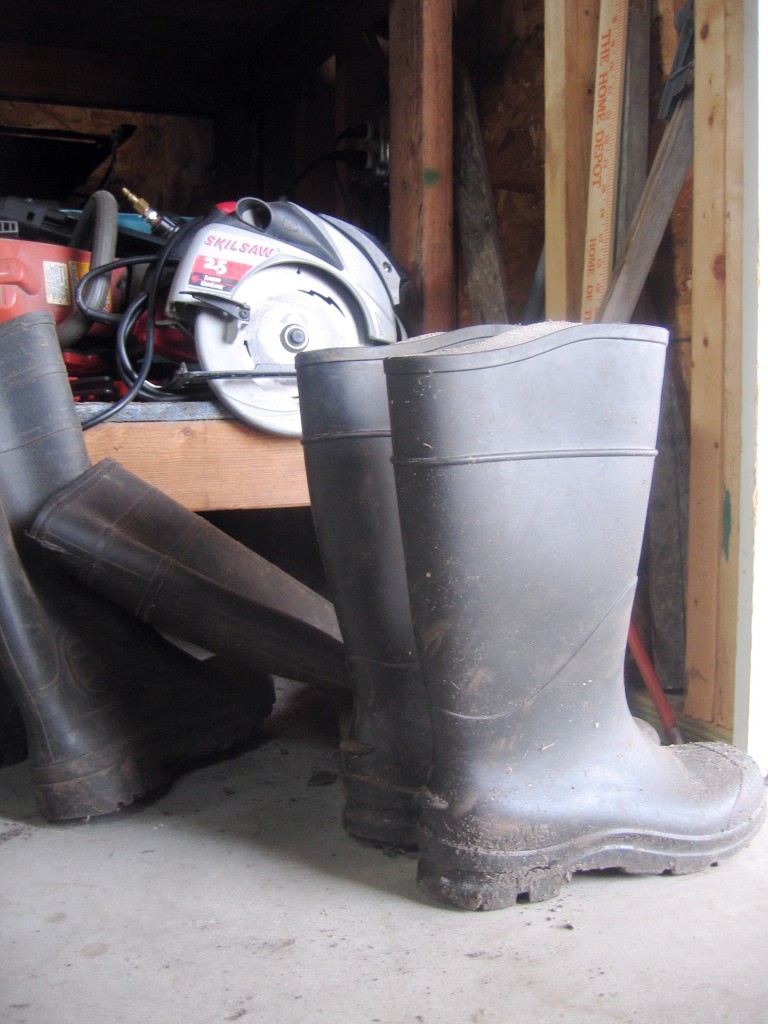Sweat and Satisfaction
It is an almost universally acknowledged fact that a man in possession of an item of food is in want of its origin. One can barely bring up the topic of last night’s dinner without someone bemoaning the fact that people don’t know where their food comes from. What they mean to highlight when they say this is the industrialization of our food system. By and large, not only do we no longer know the farmer who grew our food, we can’t even be exactly certain as to its continent of origin. And that’s true. A quick look around the produce aisle proves that most apples and garlic are from China, the asparagus is from Chile, and the raspberries are from God-knows-where. We could all get to know our food better, whether that means stopping by a farmer’s market or finally figuring out what’s killing the squash.
The bone I do wish to pick, however, is with the shallowness of the statement. “People don’t know where their food comes from,” is, at its core, a statement of geography. Nothing else. Concepts of terroir aside, we must recognize that food is more than geography. There is more than a where, there is also a how. People don’t know how their food comes to them. They have no idea the kind of effort, skill, and knowledge that goes into growing food.

